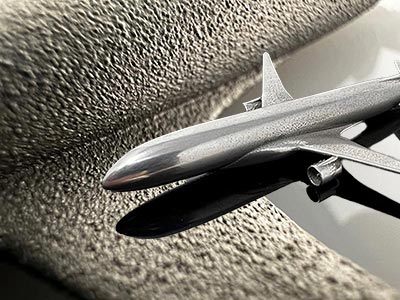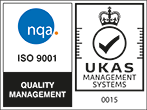
3D printing has swept the world with its promise of rapid prototyping and endless design possibilities. In the midst of this transformation, metal 3D printing has emerged as a key player, offering strong, durable parts suitable for an array of industries. However, like any revolutionary process, it comes with its unique set of challenges - and that's where the art of finishing, or post-processing, comes in. Here at PDJ Vibro, we've refined our processes to provide solutions that overcome these hurdles and take 3D printed metal parts to the next level.
One of the primary considerations in the post-processing of 3D printed metals is improving the roughness and lines that are typically inherent to the additive manufacturing process. Achieving a smooth, uniform surface is crucial for both the part's aesthetic appearance and its performance. And that's where our vibratory finishing machines truly shine.
Our machines work by using carefully calibrated vibratory motion, combined with a selection of media and compounds, to gently smooth and polish the surface of the 3D printed metal parts. This doesn't just improve the appearance; it also enhances the part's performance. A smoother surface reduces friction, which can dramatically improve the lifespan and efficiency of the part, particularly in the case of moving parts.
At PDJ Vibro, we've seen the difference this can make first-hand. The transformation of a 3D printed metal part, once rough and textured, to a smooth and polished final product, is truly remarkable. It's a testament to the potential of the post-processing stage in the additive manufacturing process.
Another key advantage of our vibratory finishing machines is their adaptability. We can cater to a wide range of part sizes and shapes, ensuring a consistently high-quality finish across the board.
In essence, post-processing is a fundamental part of the 3D printing journey, and it's a journey we're excited to be part of. As we continue to hone our techniques and technologies, we look forward to seeing how the art of finishing continues to shape the future of 3D printed metals.





























